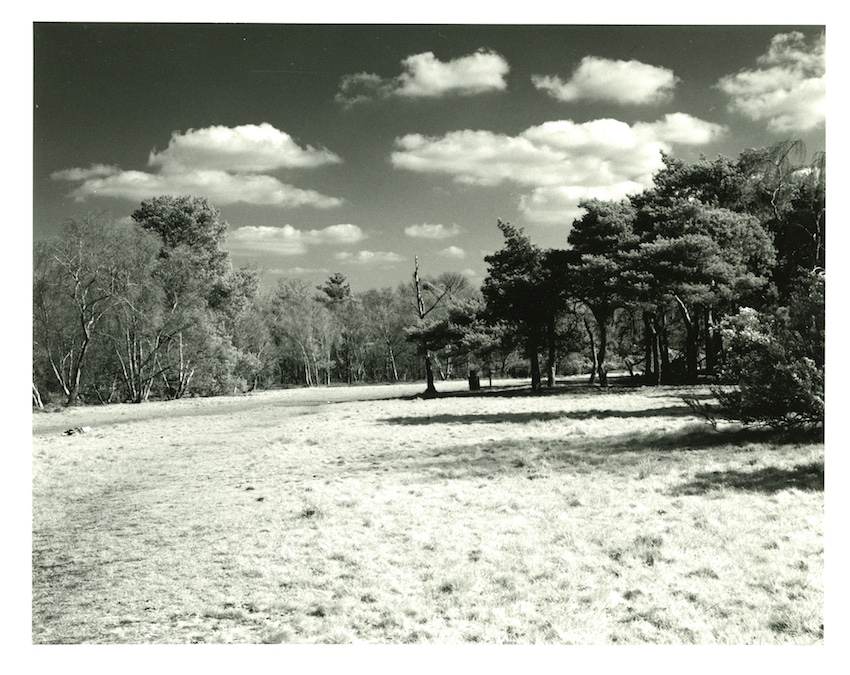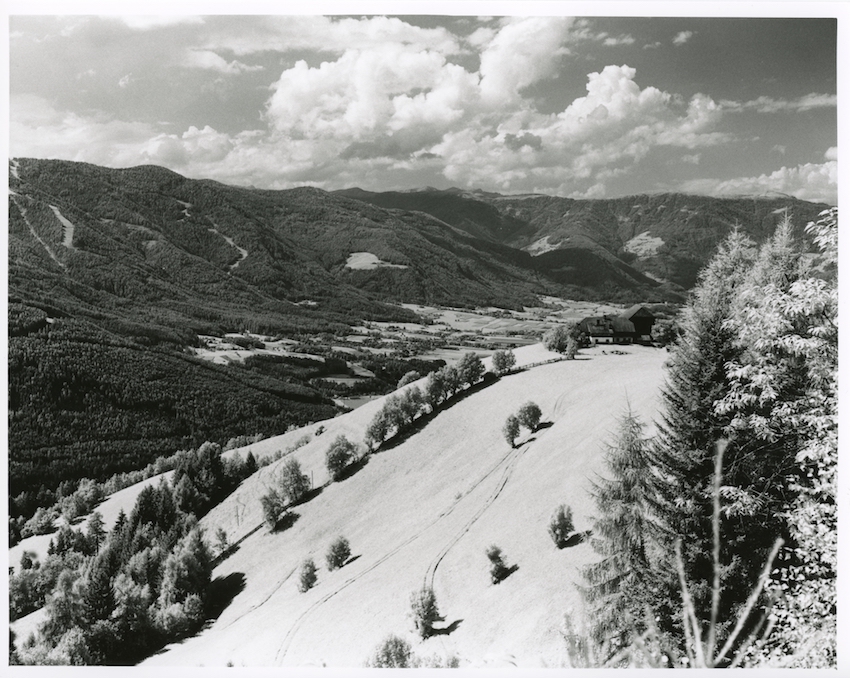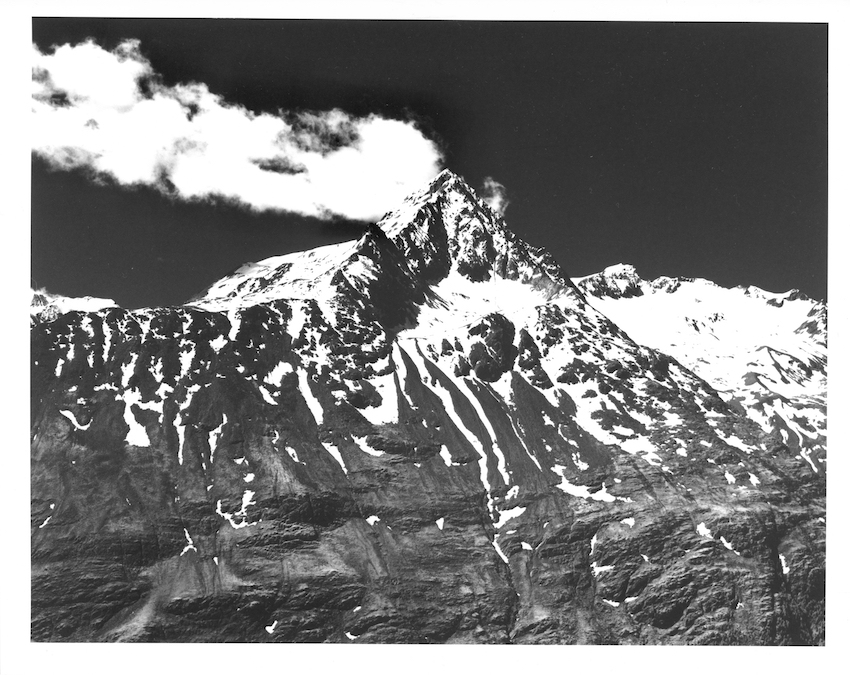Ester Caty Young
Member
Hi everyone,
so I have decided to do some experiment with Infrared photography about 2 days ago.
I have already purchased the Lee 87 filter along with the Rollei IR 400 film
and would like to do some long exposures (sea, trees, sunrise, mountains...) with it,
as I like that style of photography very much.
Can anybody who has experiences with this combo, help me, please?
I am using a Hasselblad 530 CW and Sonnar 250 mm.
I am not sure how to meter for Ir photography and compensate this filter?
Is it not similar to ND filters, where one has adjust few stops?
I could not find any info on it and am a bit confused
and would not want to waste an entire roll if I can simply ask for guidance.
Also can I ad some ND filters on top of the Lee 87 ir filter?
Thanks for all your input, advice and guidance. Much appreciated.
so I have decided to do some experiment with Infrared photography about 2 days ago.
I have already purchased the Lee 87 filter along with the Rollei IR 400 film
and would like to do some long exposures (sea, trees, sunrise, mountains...) with it,
as I like that style of photography very much.
Can anybody who has experiences with this combo, help me, please?
I am using a Hasselblad 530 CW and Sonnar 250 mm.
I am not sure how to meter for Ir photography and compensate this filter?
Is it not similar to ND filters, where one has adjust few stops?
I could not find any info on it and am a bit confused
and would not want to waste an entire roll if I can simply ask for guidance.
Also can I ad some ND filters on top of the Lee 87 ir filter?
Thanks for all your input, advice and guidance. Much appreciated.









 ) using filters with 720 cutoff and 760 cutoff. While the latter can be done, it is way down on the response curve and takes another 5 or 6 stops exposure beyond that for the 720.
) using filters with 720 cutoff and 760 cutoff. While the latter can be done, it is way down on the response curve and takes another 5 or 6 stops exposure beyond that for the 720. 


